|
- Right Pull By
- Turn Inward
- Left Pull By
- Turn Inward
- Right Pull By
- Turn Inward
- Left Pull By
Note that there is no turn after the last pull-by. The dancers end as couples back-to-back. Also note that the sequence of pull-by actions (right, left, right, left) is the same as for Right and Left Grand. But instead of eight dancers moving in a large circle around the whole set, four dancers are moving in a small square-shaped path in their own box.
A full Square Thru includes four pull-by actions. This is also known as Square Thru 4. But the caller can specify a different number.
A Square Thru 1 is simply a right pull-by. Again, there is no turn after the last pull-by (which in this case is also the first pull-by).
A Square Thru 2 consists of a right pull-by and left pull-by, with just one turn inward between them. Again, the dancers all end back-to-back.
A Square Thru 3 consists of three pull-by actions, with two turns between them.
Some callers will say "Square Thru 2 Hands" instead of "Square Thru 2". And since a full Square Thru is 4 hands, another way to say the same thing is "Square Thru 1/2" or "Half Square Thru". These all mean the same thing.
Similarly, "Square Thru 3 Hands" and "Square Thru 3/4" mean the same thing as "Square Thru 3".
Some dancers find it difficult at first to know which way to turn, between the pull-by actions. Each turn is always inward, 1/4 (90 degress), toward the center of the box. Note that the hands alternate (right, left, right, ... ) but each dancer is always turning the same direction throughout the call.
The dancer who starts on the left is always turning right, while the dancer who starts on the right is always turning left.